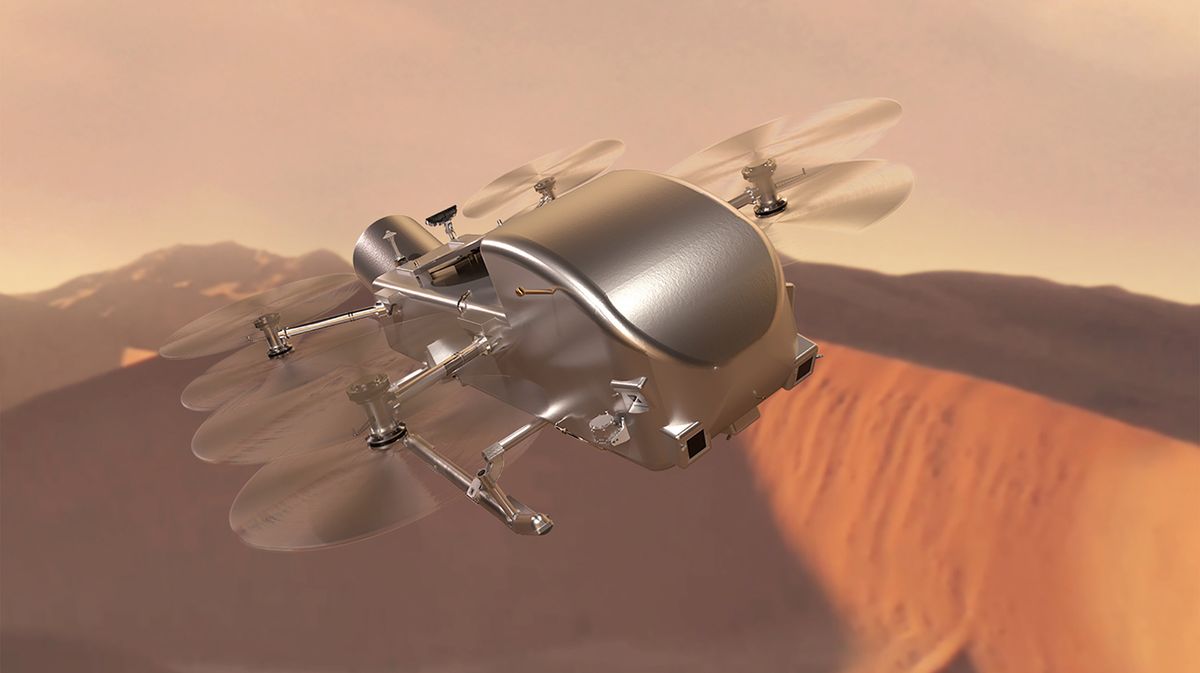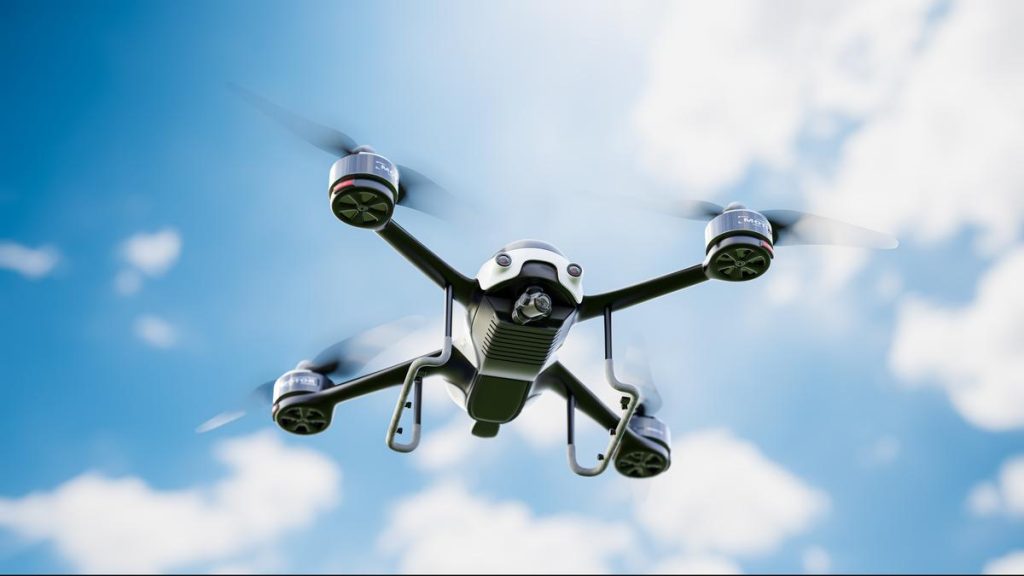Now Reading: NASA’s Dragonfly Helicopter Advances Toward 2028 Titan Mission
-
01
NASA’s Dragonfly Helicopter Advances Toward 2028 Titan Mission
NASA’s Dragonfly Helicopter Advances Toward 2028 Titan Mission

Quick Summary:
- NASA’s Dragonfly mission passed its Critical Design Review, marking a significant milestone toward its scheduled 2028 launch.
- the $3.35 billion nuclear-powered rotorcraft aims to study Saturn’s largest moon, Titan, for signs of life and prebiotic chemistry.
- the spacecraft will launch aboard a SpaceX Falcon Heavy rocket from Kennedy Space Center in Florida and undertake a nearly seven-year journey to Saturn.
- Dragonfly will spend over three years exploring Titan’s icy surface, hydrocarbon dunes, methane lakes, and subsurface ocean potential.
- Titan is considered scientifically significant due to its thick atmosphere and possible reservoirs of salty water beneath its crust.
- Elizabeth Turtle from johns Hopkins Applied Physics Laboratory leads the project first approved by NASA in 2019 amid delays and cost overruns.
!NASA’s Dragonfly rotorcraft soaring above orange dunes
Image credit: NASA/Johns Hopkins APL/Steve Gribben
Indian Opinion analysis:
the approval of the critical design review for NASA’s Dragonfly highlights humanity’s advancing pursuit to answer essential questions about life beyond Earth. For India-a nation growing rapidly within space science-such missions spotlight global collaboration opportunities for scientific advancement. India’s Chandrayaan missions have already demonstrated competence in studying extraterrestrial surfaces such as the Moon; engagement with similar explorations like Titan could further bolster India’s role within international planetary science initiatives.
Additionally,the ambition behind missions like Dragonfly underscores heightened global interest in exploring habitability outside our planet. this prioritization may encourage Indian research institutions or ISRO (Indian Space Research Organisation) to embrace collaborative ventures aimed at understanding planets or moons with potential conditions for life.
Lastly, NASA’s focus on innovative technologies such as nuclear-powered spacecraft positions India at an interesting crossroads.Strengthening indigenous strides into next-gen propulsion systems via public-private partnerships could bring India closer toward achieving parity-or complementarity-on projects exploring distant celestial bodies across deep space.




























